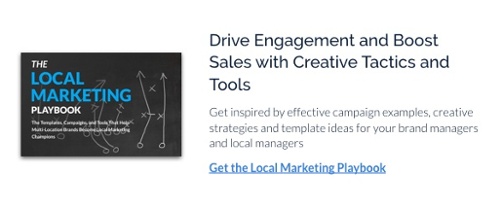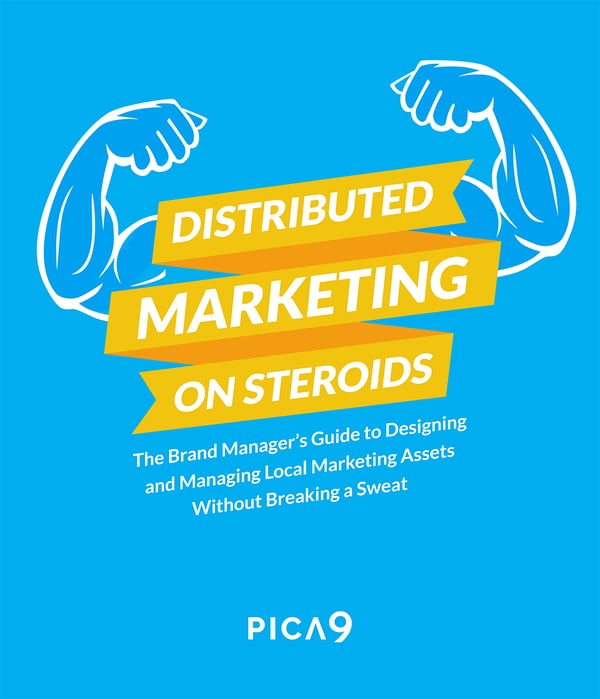In the past decade, digital and print marketing has experienced many new and exciting innovations. From the rise of social media to artificial intelligence, these discoveries will undoubtedly shape the marketing future of brands across the globe.
These changes have resulted in significant advancements in marketing technology.
One field that has experienced a ton of change is creative asset management or what's commonly known as digital asset management (DAM). A creative asset management solution enables brands to organize and distribute digital files including images, videos, and audio.
In the distributed environment, these types of software solutions are especially valuable. Try thinking about it this way – how many times a week do your designers receive one-off requests for the most recent version of the brand logo? With a complete creative asset management tool, these types of administrative tasks are virtually eliminated. In this way, designers can focus on high-value tasks.
Is creative asset management right for your brand? Before you make your decision, here's how creative asset management will change in 2020.
The 5 Biggest Changes to Creative Asset Management in 2020
If you're feeling hesitant about investing in creative asset management this year, start off on the right foot by partnering with a recognized solutions provider like CampaignDrive. We're here to guide you through the most significant creative asset management changes including:
1. Increased Personalization
According to recent studies, consumers are more likely to interact with brands that go out of the way to personalize marketing experiences. In fact, personalization in marketing leads to an average sales lift of 19 percent.
As brands work to create highly personalized print and digital experiences, creative asset management solutions have risen to meet this demand. Today, these tools make it easy to insert personalization tokens. These tokens can be used to address customers by name. Other common form fields include gendered pronouns, location, most recent product purchase, and localized offers.
Related: How to Use Local Marketing Automation to Create Personalized Print Campaigns
2. Increased Localization
When supporting a large, geographically diverse network of distributed affiliates, brand managers know that marketing/advertising must have a local touch.
What is "localization" exactly? This phrase refers to the corporate brand's ability to adapt enterprise-level marketing material for use in localized areas. When creative content is localized, the company's core values are communicated in a more relevant way. Unfortunately, increased localization requires much more than just swapping out one image for another. Moreover, brand managers rarely have the on-the-ground intelligence needed to truly understand local audiences.
For many distributed brands, creative localization is a shared effort between corporate entities and local affiliates. In this scenario, creative asset management tools make it easy for local affiliates to leverage existing marketing templates and add localized updates.
3. Improved Asset Segmentation
Trying to manage a library of creative assets becomes a burden even for the largest multi-location brands. When creative asset organization becomes too much of a burden, files can be easily lost or mismanaged.
For this reason, creative asset management tools have become increasingly better at helping users to segment and organize assets. This is typically done through meta data such as keywords.
Related: 5 Ways to Keep Marketing Resources Organized and Updated
4. Improved Asset Distribution
For brands that have hundreds or even thousands of locations, creative asset management tools help to store and distribute files across all locations. And when you're in a time crunch, these tools increase efficiency, allowing each marketer to source creative files quickly. In many instances, newer creative asset management tools can actually streamline and automate content and distribution processes.
5. Improved Ease-of-Use
Unfortunately, local affiliates are rarely the marketing professionals that we need them to be. As such, creative asset management tools have become easier and more intuitive to use. Now is the perfect time to invest in creative asset management for your multi-location or distributed organization.
Master Creative Asset Management in 2020
When it comes to delivering enterprise marketing and related functions, CampaignDrive is an ideal solution that complements any new or existing DAM solution. CampaignDrive is a distributed marketing platform that goes above and beyond standard digital asset management. The platform provides franchise and enterprise brands with a holistic approach to marketing management. Our experts understand the bridge between corporate and local marketing goals, behaviors, needs, and objectives. We've created a product to align those pains and values.
To learn more, we recommend signing up for one of our daily product demonstrations. We'll show you how industry-leading brands use our software to build, distribute, and manage print and digital marketing templates to local affiliates. This enables brands to push to market in moments; not days or weeks – it's that easy!
And the best part? Getting started is even easier. Here's how:






